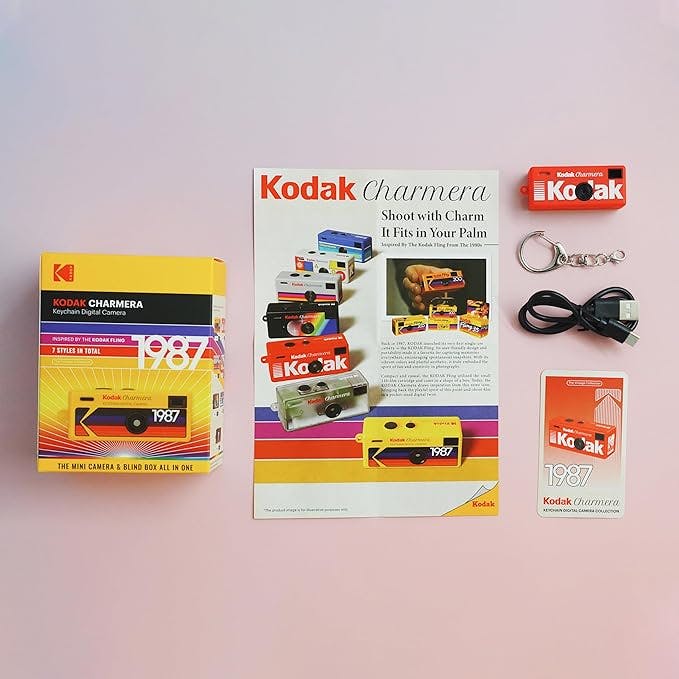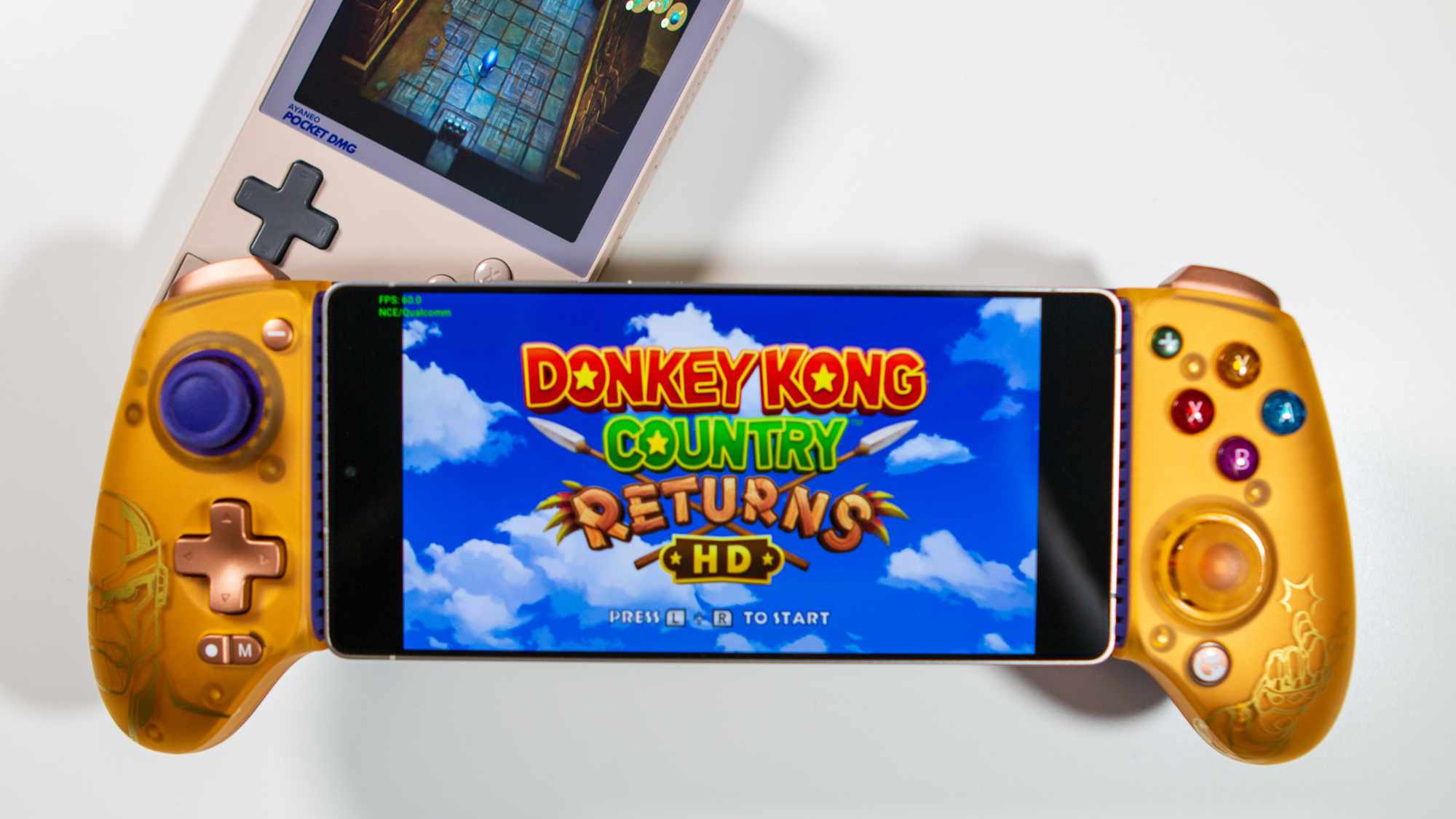Apple Unveils iOS 26 with Innovative 'Liquid Glass' Design at WWDC

In a stunning announcement at the annual Worldwide Developers Conference (WWDC), Apple revealed iOS 26, breaking away from its traditional numbering sequence. This latest iteration of Apple's mobile operating system introduces a revolutionary new design ethos dubbed the 'Liquid Glass' aesthetic, marking the most significant visual overhaul in over a decade. The last major redesign was iOS 7 in 2013, which transitioned the user interface to a flatter and more minimalist design that has dominated the look and feel of iOS for years.
The standout feature of iOS 26 is undoubtedly the Liquid Glass design language. With this update, Apple is departing from the stark minimalism that became synonymous with the vision of its former design chief, Jony Ive. Instead, the new interface is characterized by translucency and immersive visual elements. Users will experience system-wide transparency and sleek, glass-like effects that are seamlessly woven into the design of the user interface, including first-party applications.
According to Apple, the Liquid Glass design is intended to evoke feelings of joy and delight, placing content firmly at the forefront. The elements within the operating system will boast a new sense of depth and fluidity, mimicking polished, transparent surfaces that respond dynamically to user touch and movement. This visual overhaul signifies more than just an aesthetic change; it aims to foster a more cohesive and intuitive user experience across the entire Apple ecosystem, which encompasses the iPhone, iPad, Mac, and other devices. This is particularly significant as Apple prepares for the upcoming 20th anniversary of the iPhone, with a much-anticipated model expected to launch in 2027.
The inspiration behind the Liquid Glass design can be traced back to visual elements showcased in the visionOS-powered Apple Vision Pro, emphasizing a shift toward a more sophisticated and layered approach to mobile interface design. With iOS 26, Apple is once again poised to redefine the standards of mobile interface, pushing boundaries and emphasizing visual depth and interactivity.
In addition to the stunning visual enhancements, iOS 26 is set to introduce a plethora of new features and refinements across several core applications. For instance, the Phone app will now feature a unified layout that includes innovative options for call screening and hold assist, while the Messages app is adopting background and theme support. Group chats are getting more interactive with the introduction of polls and typing indicators, enhancing user engagement. The Camera app will showcase a cleaner design with fewer options to streamline shooting experiences, and the Photos app will benefit from improved tab organization. Notably, Safari will present edge-to-edge web pages, providing users with a more immersive browsing experience.
Developers can begin exploring the first betas of iOS 26 starting today, with a public beta expected to follow next month. The full public release is anticipated later this year, coinciding with the launch of the new iPhone 17 lineup. Importantly, iOS 26 will be compatible with iPhone 11 and later models, ensuring a broad spectrum of users can access these cutting-edge features.



















